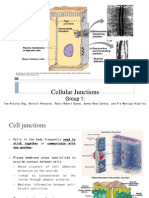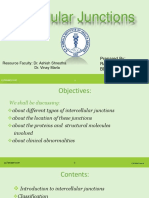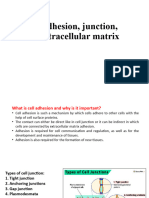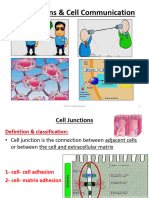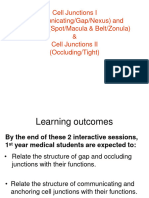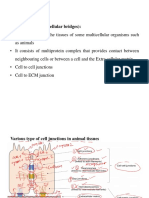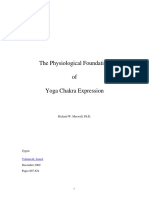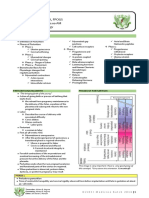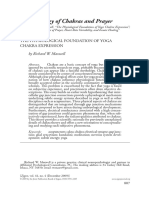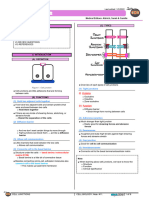0% found this document useful (0 votes)
39 views8 pagesCell Junctions Notes Atf
The document summarizes different types of cell junctions. It discusses tight junctions in detail, including their structure involving claudins, occludins, and zona occludins. Tight junctions function to tightly hold cells together and act as a diffusion barrier. They are important in tissues like the blood-brain barrier, gastrointestinal tract, respiratory tract, and kidney. Pathogens can disrupt tight junctions and cause diseases. Hemidesmosomes connect cells to the basal lamina and are involved in skin disorders.
Uploaded by
bouizakanedouaaCopyright
© © All Rights Reserved
We take content rights seriously. If you suspect this is your content, claim it here.
Available Formats
Download as PDF, TXT or read online on Scribd
0% found this document useful (0 votes)
39 views8 pagesCell Junctions Notes Atf
The document summarizes different types of cell junctions. It discusses tight junctions in detail, including their structure involving claudins, occludins, and zona occludins. Tight junctions function to tightly hold cells together and act as a diffusion barrier. They are important in tissues like the blood-brain barrier, gastrointestinal tract, respiratory tract, and kidney. Pathogens can disrupt tight junctions and cause diseases. Hemidesmosomes connect cells to the basal lamina and are involved in skin disorders.
Uploaded by
bouizakanedouaaCopyright
© © All Rights Reserved
We take content rights seriously. If you suspect this is your content, claim it here.
Available Formats
Download as PDF, TXT or read online on Scribd
/ 8
























